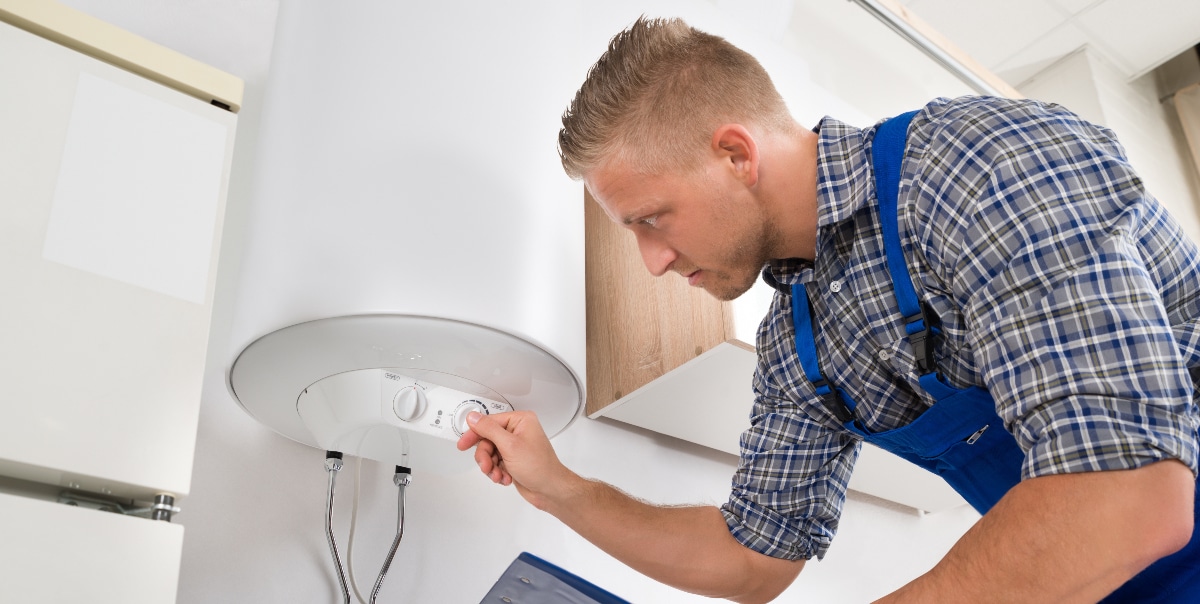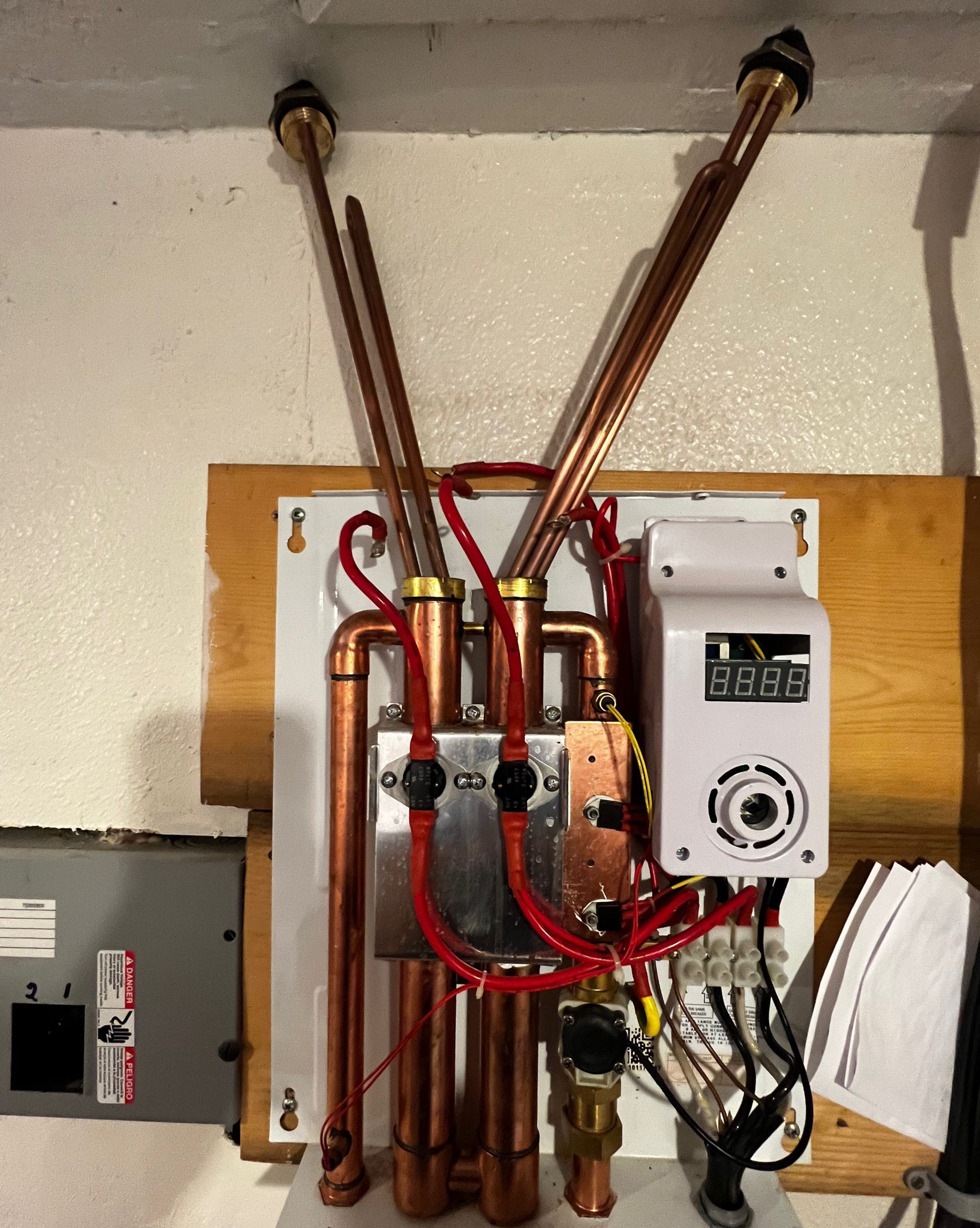Best Practices for Maintaining Your Home's Hot Water System
Best Practices for Maintaining Your Home's Hot Water System
Blog Article
Do you find yourself looking for content about Tips on Maintaining a Water Heater?

Warm water is important for everyday convenience, whether it's for a revitalizing shower or washing meals. To ensure your warm water system runs efficiently and lasts longer, routine maintenance is vital. This short article gives functional tips and insights on just how to maintain your home's warm water system to avoid interruptions and pricey repair work.
Intro
Maintaining your home's hot water system could seem complicated, yet with a few basic actions, you can ensure it operates efficiently for several years ahead. This guide covers whatever from recognizing your hot water system to do it yourself upkeep tips and understanding when to call professional assistance.
Relevance of Maintaining Your Hot Water System
Routine upkeep not just prolongs the life-span of your hot water system yet also guarantees it operates effectively. Disregarding maintenance can result in reduced effectiveness, greater power bills, and even premature failing of the system.
Indicators Your Warm Water System Demands Maintenance
Understanding when your warm water system needs interest can prevent major concerns. Watch out for signs such as inconsistent water temperature, unusual noises from the heating unit, or corroded water.
Recognizing Your Warm Water System
Prior to diving right into upkeep tasks, it's valuable to recognize the basic elements of your warm water system. Commonly, this consists of the hot water heater itself, pipelines, anode rods, and temperature controls.
Regular Monthly Upkeep Tasks
Normal monthly checks can assist capture small problems prior to they rise.
Flushing the Water Heater
Flushing your hot water heater gets rid of debris buildup, boosting performance and lengthening its life.
Monitoring and Changing Anode Rods
Anode poles stop rust inside the tank. Examining and changing them when broken is crucial.
Inspecting and Adjusting Temperature Settings
Adjusting the temperature settings ensures optimal performance and safety and security.
DIY Tips for Maintenance
You can perform several upkeep jobs yourself to maintain your warm water system in leading problem.
Looking for Leakages
Consistently evaluate pipelines and links for leakages, as these can bring about water damages and greater costs.
Checking Pressure Relief Valves
Evaluating the pressure relief valve guarantees it works correctly and prevents too much stress buildup.
Insulating Pipelines
Protecting warm water pipelines decreases heat loss and can save energy.
When to Call a Specialist
While do it yourself maintenance is advantageous, some issues require specialist experience.
Complicated Problems Requiring Professional Aid
Instances include significant leakages, electrical troubles, or if your water heater is consistently underperforming.
Regular Professional Upkeep Advantages
Professional upkeep can include thorough examinations, tune-ups, and making certain conformity with safety criteria.
Final thought
Regular upkeep of your home's hot water system is necessary for effectiveness, long life, and cost financial savings. By complying with these pointers and understanding when to look for specialist assistance, you can guarantee a reliable supply of warm water without unexpected disturbances.
How to Maintain an Instant Hot Water Heater
Before tinkering with your hot water heater, make sure that it’s not powered on. You also have to turn off the main circuit breaker and shut off the main gas line to prevent accidents. Also turn off the water valves connected to your unit to prevent water from flowing into and out of the appliance. 2. When you’re done, you have to detach the purge valves’ caps. These look like the letter “T†and are situated on either side of the water valves. Doing so will release any pressure that has accumulated inside the valves while at the same time avoid hot water from shooting out and burning your skin. 3. When the purge valves’ caps are removed, you have to connect your hosing lines to the valves. Your unit should have come with three hoses but if it didn’t, you can purchase these things from any hardware or home repair shops. You can also get them from retail stores that sell water heating systems. Read the user’s manual and follow it to complete this task properly. When the hosing lines are connected, open the purge port’s valves. 4. You should never use harsh chemical cleaners or solutions when cleaning your unit. Make use of white vinegar instead. It should be undiluted and you’ll probably use about 2 gallons. 5. Now flush your water heater. This task should probably take about 40 minutes. We can’t give you specific directions for this because the procedure is carried out depending on the type, model and brand of your heater. With that being said, refer to the user’s manual. 6. When you’re done draining the unit, you have to turn off the purge port valves again. Remove the hosing lines that you earlier installed on each of the water valves. Put the valve caps (purge port) back in their respective places and be very careful so as not to damage the rubber discs that are found inside these caps. 7. Now that everything’s back in place, check your user’s manual again to find out how to reactivate your water heating system. 8. Once it is working, turn one of your hot water faucets on just to let air pass through the heater’s water supply pipes. Leave the tap on until water flows smoothly out of it. https://www.orrplumbing.com/blog/2014/september/how-to-maintain-an-instant-hot-water-heater/

I discovered that review on Tips on Maintaining a Water Heater while doing research the web. Do you know another person who is fascinated about How to Maintain a Hot Water Heater in a Few Simple Steps? Why not promote it. We value reading our article about What Kind of Maintenance Do Water Heaters Need?.
Call Today Report this page